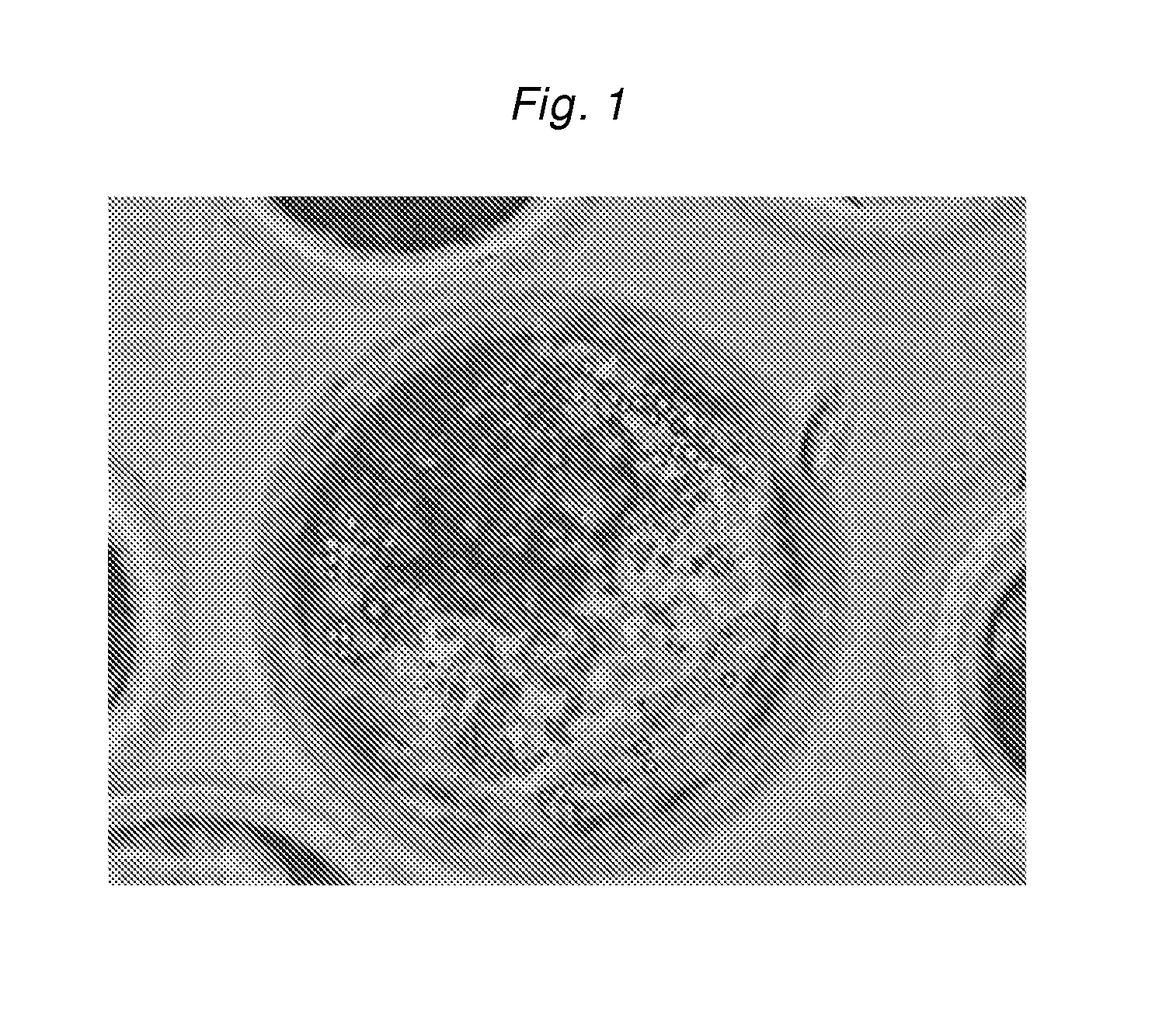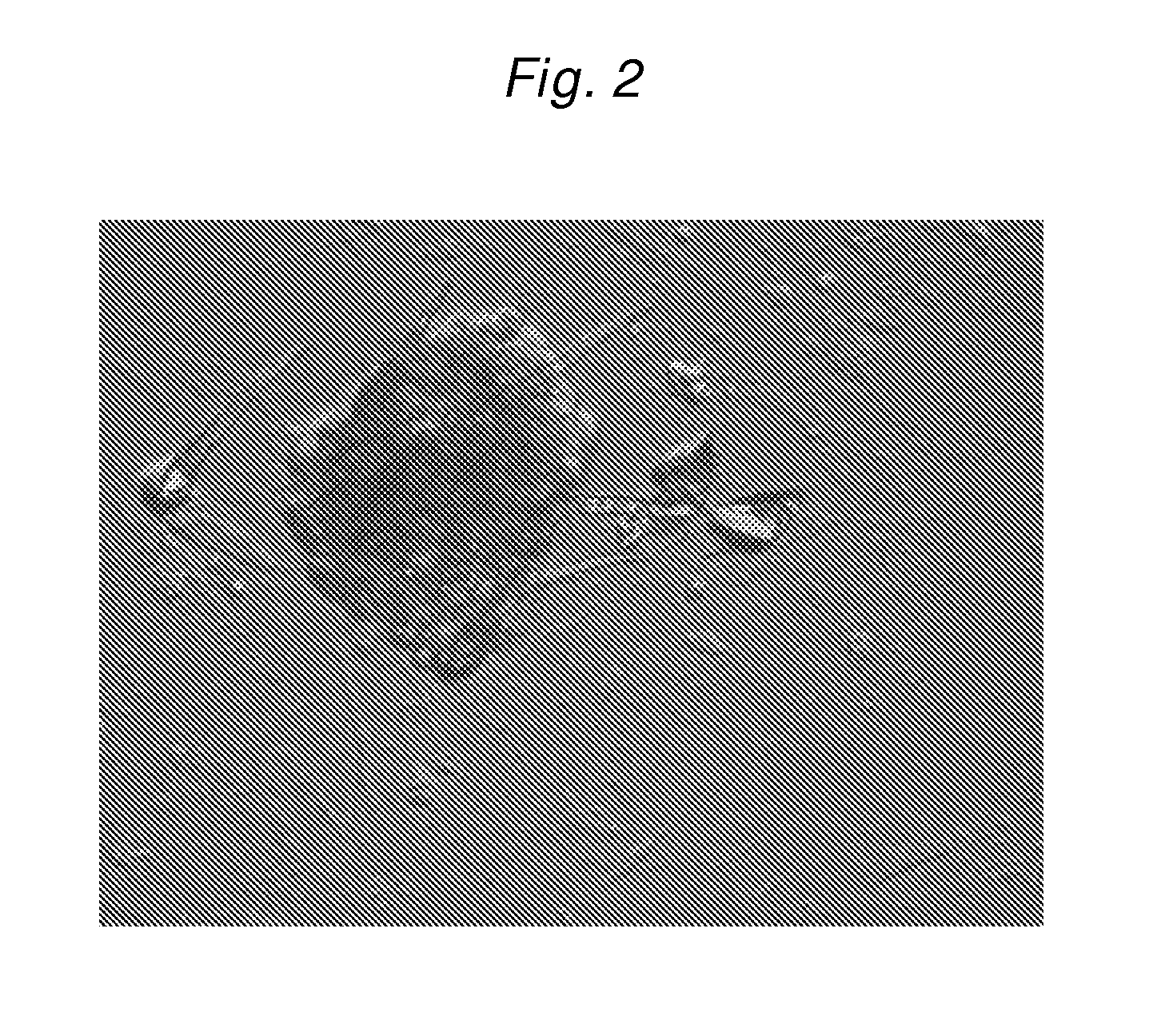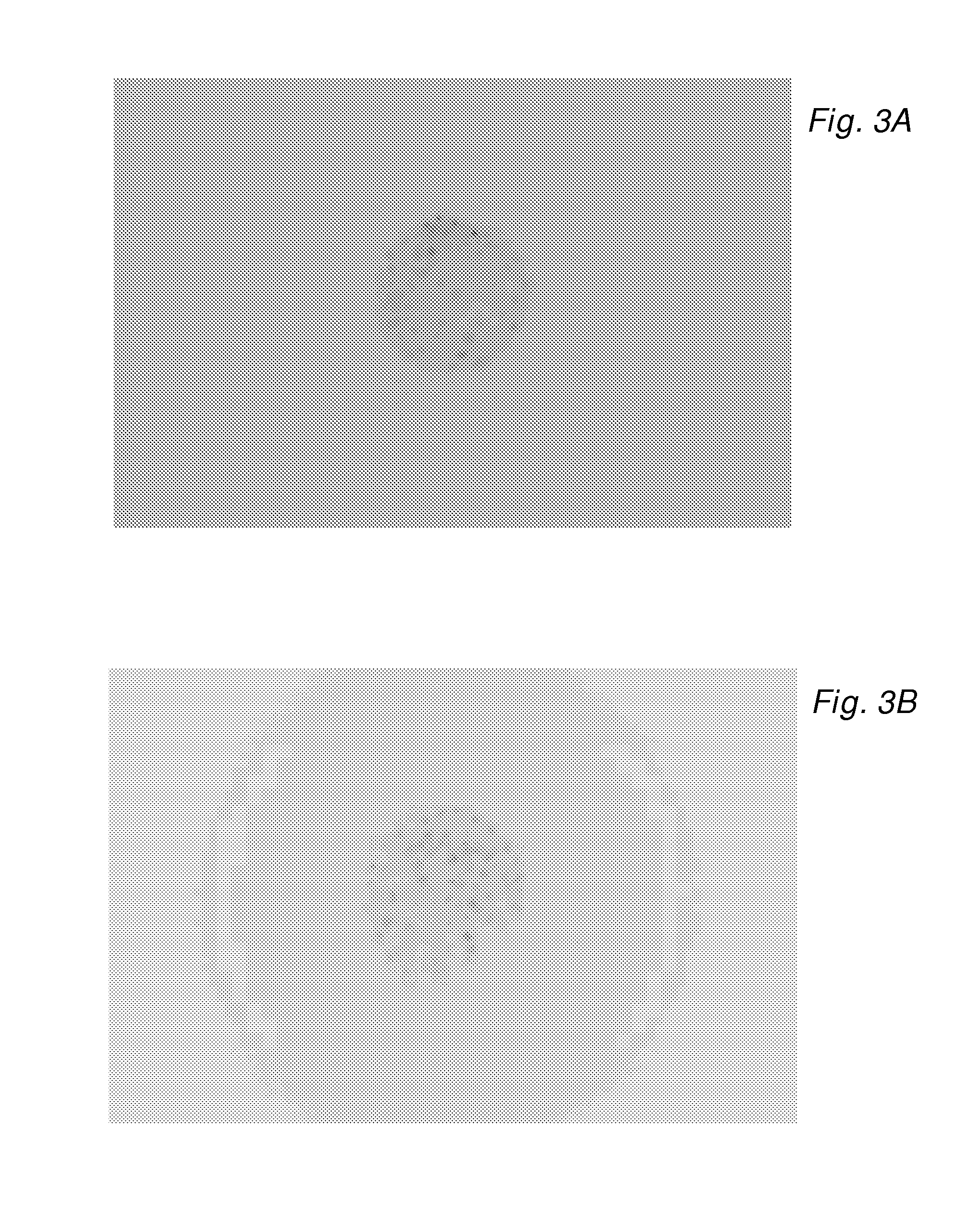Isolating a mammalian embryonic stem cell from a homogenous pluripotent outgrowth of a mammalian pre-implantation embryo
a technology of embryonic stem cells and homogenous outgrowth, which is applied in the field of isolating embryonic stem cells from embryos, can solve the problems of low efficiency of es cell isolation, hampered application, and low efficiency of isolation methods, so as to reduce the overgrowth of extra-embryonic cells
- Summary
- Abstract
- Description
- Claims
- Application Information
AI Technical Summary
Benefits of technology
Problems solved by technology
Method used
Image
Examples
example 1
[0202]In vitro Production of Porcine Blastocysts
[0203]Porcine ovaries were obtained from a local slaughterhouse. Oocytes were aspirated and matured in TCM-199 medium in a humidified atmosphere of 5% carbon dioxide at 39° C. After 42-44 hours of maturation, oocytes were fertilized for 6 hours in TALP-PVA medium with boar sperm, used at a concentration 5×106 spermatozoa / mL. After fertilization, fertilized oocytes were cultured in NCSU-23 medium for 7 days. Day of fertilization is day 0. Hatched or expanded blastocysts developed at day 7 of in vitro culture (FIG. 1) were used for the isolation of putative pluripotent porcine ES cells.
example 2
[0204]In vivo Production of Porcine Blastocysts
[0205]Sows in heat were artificially inseminated with boar semen. At day 4.5 after insemination fresh, in vivo produced embryos, were flushed out of uterine horns at late morulae-early blastocyst stage and cultured overnight in NCSU-23 medium as described in Example 1. Expanded blastocysts developed at day 6 after artificial insemination were used for the isolation of putative pluripotent ES cells.
example 3
[0206]Preparation of Feeder Layers from Primary Mouse Embryonic Fibroblasts
[0207]Methods for the preparation of feeder layers from primary mouse embryonic fibroblasts are as described in E. Robertson, “Embryo-derived stem lines.” In: Teratocarcinomas and embryonic stem cells—a practical approach, ed. E J Robertson, IRL Press, Oxford, 1987, pp 71-112. Briefly, 129 / Sv pregnant female mice were sacrificed on the fourteenth day of pregnancy. Fetuses were removed and the liver, heart and other visceral organs discarded. The remaining fetuses were fine minced in presence of trypsin and EDTA and incubated for 10-15 min at 37° C. Trypsin was then neutralized and cells plated onto Falcon tissue flasks and incubated at 37° C. in humidified atmosphere 5% carbon dioxide until the cells were confluent. When cells reached confluency, they were harvested by trypsinization, the trypsin inactivated and the cells frozen in cryotubes in 10% DMSO in serum at a concentration 2-5×106 cell / mL / tube and sto...
PUM
| Property | Measurement | Unit |
|---|---|---|
| diameter | aaaaa | aaaaa |
| diameter | aaaaa | aaaaa |
| diameter | aaaaa | aaaaa |
Abstract
Description
Claims
Application Information
 Login to View More
Login to View More - R&D
- Intellectual Property
- Life Sciences
- Materials
- Tech Scout
- Unparalleled Data Quality
- Higher Quality Content
- 60% Fewer Hallucinations
Browse by: Latest US Patents, China's latest patents, Technical Efficacy Thesaurus, Application Domain, Technology Topic, Popular Technical Reports.
© 2025 PatSnap. All rights reserved.Legal|Privacy policy|Modern Slavery Act Transparency Statement|Sitemap|About US| Contact US: help@patsnap.com



